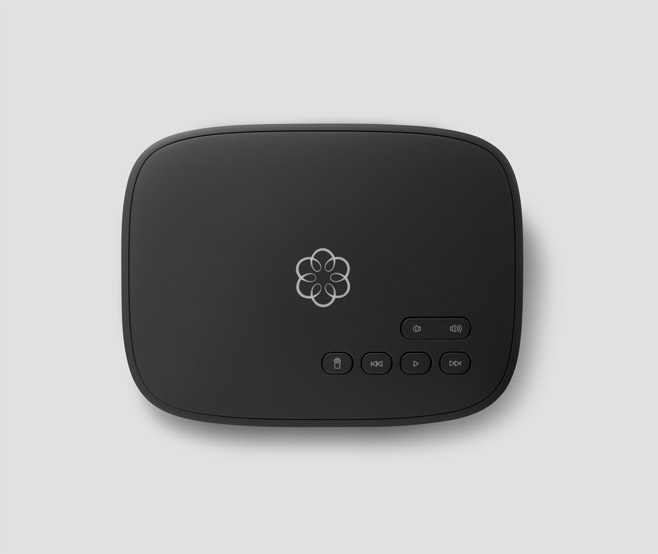

How exactly will new technologies change the future of work in the coming year? Maddie Davis, co-founder of Enlightened Digital, takes a closer look. For our roundup from last year, see Predictions for the changing workplace in 2018.
1. Predictive hiring
An organization that can accurately project its future has a pretty good chance of succeeding. A key place to do this is at the start. By identifying trends in employee and candidate data, predictive analytics has the potential to positively impact future hiring.
This doesn’t mean that a company’s head of HR needs to be an accomplished polymath. Modern-day predictive analysis is aided by a variety of digital tools that are getting easier to use, including statistical modeling and machine learning. Prognostic inferences are getting quicker and easier to obtain, and are more accurate than human brainpower alone.
Analytics-driven recruiting software, psychometric testing for emotional intelligence and automated onboarding processes are also becoming more widely used. These sophisticated tools have been used to streamline the hiring process, isolate desired personality traits and work habits, and accurately predict and improve retention rates based on years of previous employee data from time-of-hire.
2. Social impact
More and more, companies are realizing the influence of their brand. The hottest example is Nike’s recent wave-making ad campaign featuring Colin Kaepernick. And while some brands might shy away from controversy or activism, there are plenty of newly established options for companies looking for tried-and-true forms of branding and social responsibility. Brands like Wendy’s and Totino’s were trailblazers in relatable brand marketing a few years ago and used it to increase their social currency among shifting demographics.
Putting your brand out there might be scary given the capricious nature of social media, but as Wendy’s social team said in a recent Reddit AMA, “Success happened before anyone had a chance to be scared.” In certain cases, the reward is worth the risk. Now that major brands have found success with this approach, more companies than ever are exploring it as a formal strategy. The focus and use of social media in the workplace will continue to expand as companies seek to connect with their employee base, support causes that employees care about, attract new hires with the strength of their brand story, and even make a name for themselves with viral content.
3. Increased connectivity
It’s hard to imagine a time when people didn’t have their smartphones superglued to their hands. But while the emphasis on connectivity and “working from anywhere” is nothing new, it only became widespread with the emergence of the gig economy.
The freelancer boom and the broader acceptance of a non-traditional workforce will continue to drive the spread of communication technologies. At the same time, traditional industries are changing and major employers are shifting to a distributed workforce. Video conferencing, virtual hangouts and real-time collaborative platforms like Slack, GroupMe, Zoom, TeamSpeak, Discord, and Flock will continue to increase in popularity as they are adopted by people and teams in disparate industries. Specialized communication platforms will no longer be the purview of software teams, gamers, and app-based gig workers.
4. Better employee experience
With increased connectivity comes the need for a more comprehensive dialogue on employee wellness and happiness. The Bureau of National Affairs estimates the cost of voluntary turnover among U.S. businesses to be around $11 billion annually. This means that employee engagement is of paramount importance for organizations looking to stay ahead and maximize profits.
Jacob Morgan, workforce futurist and author of The Employee Experience Advantage, commented in a recent interview that “employee experience can only be delivered by a company that truly knows its people and successfully manages to design, shape and control the following three key components: culture, technology, and physical space.”
Many companies misunderstand their employees’ needs and attempt to offer perks designed to keep them happy instead of fundamentally adjusting their workplace culture and internal processes to better engage and retain their top talent.
It has never been more crucial to build a people strategy around the people. Software that aggregates and reports against employee feedback data is becoming a great resource for companies looking to retain their employees.
5. Richer collaboration
Coworking spaces have long been an answer for lean solopreneurs and startups looking to attain the collaborative atmosphere found in larger organizations. The flexible pay-as-you-go arrangement keeps costs down for these smaller companies, especially as they scale, and offers the opportunity to network and collaborate with like-minded creatives.
Now, coworking spaces aren’t just for budding digital idealists anymore. Major corporations such as Microsoft and IBM have jumped on board with this trend in the hopes of capitalizing on the unique think-tank environment. It’s a far cry from their attitude just two years ago, pointing to a recent paradigm shift in the sentiment towards nontraditional work arrangements. Larger companies are more willing to think outside the box now than in the past, meaning more collaborative coworking-like environments will emerge in unexpected places.
6. Increased productivity & efficiency
There has always been a strong emphasis on efficiency, especially in the workplace. But cybernetics—the causal relationship between man and machine—is taking that even further. Innovations like cloud computing, and agile tools like project management software are helping close that gap.
This has real-world implications for the future of work. Integrating cloud computing into our everyday workflow can reduce the time we spend on administrative tasks, freeing up creative energy for projects that require more imagination and nuance. Additionally, using project management software means that employees and managers can better specify responsibilities down to the minute details and track that across the duration of a project.
Holding one another accountable is one of the driving forces behind productivity and efficiency. But holding one another accountable has always been pretty hard to do. Tools and systems that help reinforce accountability have a good chance of making it easier.
The post 6 ways emerging tech will shape work in 2019 appeared first on New Worker Magazine.
![]()
Author: Maddie Davis
Originally Published on December 3, 2018 at 03:10PM
Article published originally via New Worker Magazine http://newworker.co/mag/6-ways-emerging-tech-will-shape-work-in-2019/













